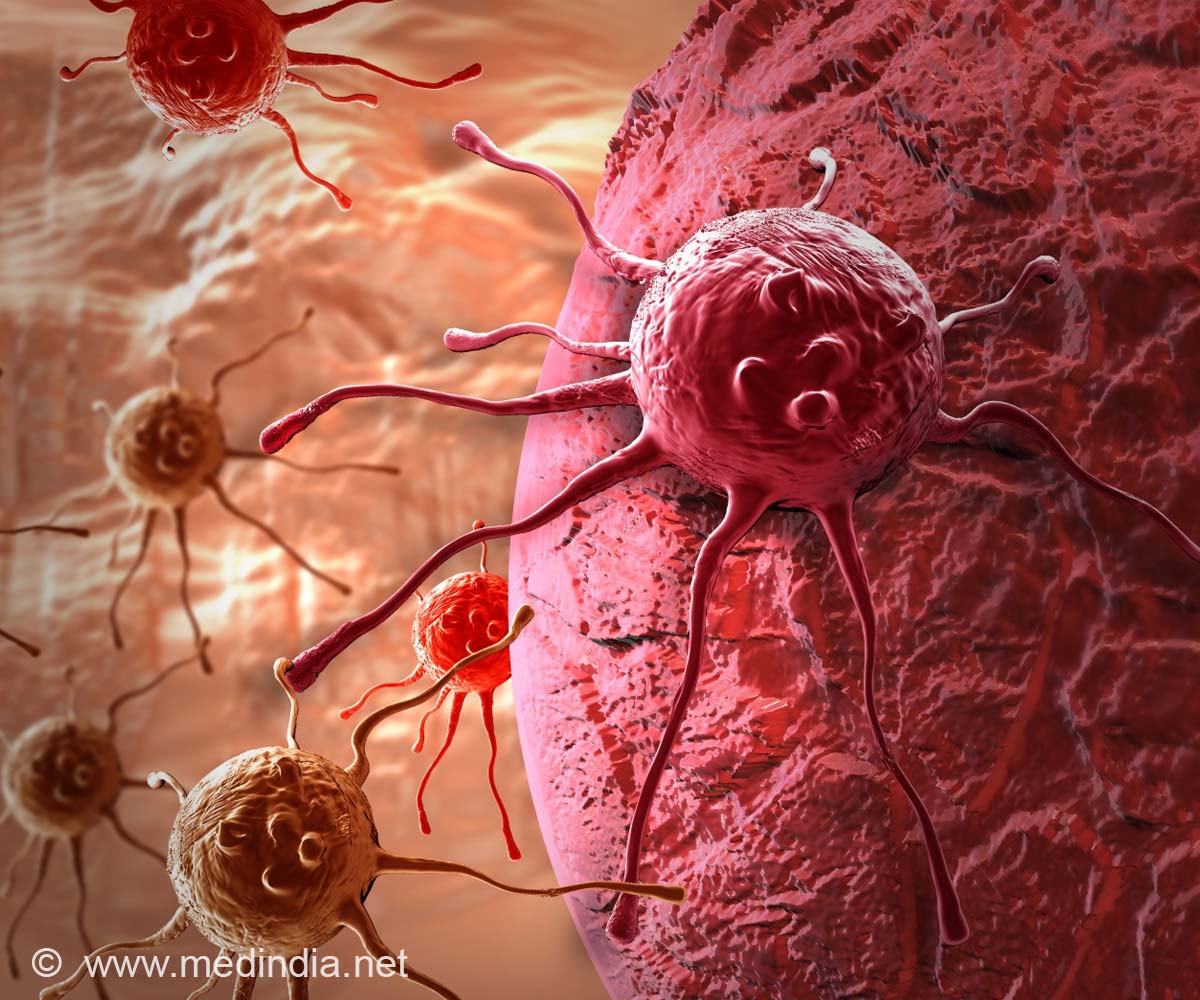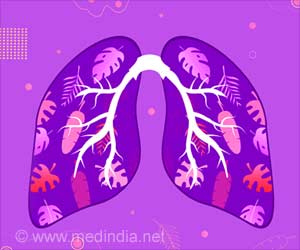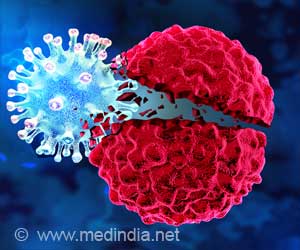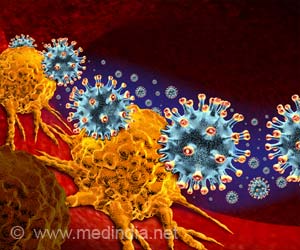Novel software tool uses artificial intelligence (AI) to recognize cancer cells from digital pathology images giving clinicians a powerful way of predicting patient outcomes, reveals a new study.

‘The spatial distribution of different types of cells can reveal cancer's growth pattern, its relationship with the surrounding microenvironment, and the body's immune response. But manually identifying all the cells is extremely labor-intensive and error-prone.’





The human brain, Dr. Xiao added, is not good at picking up subtle morphological patterns. Therefore, a major technical challenge in systematically studying the tumor microenvironment is how to automatically classify different types of cells and quantify their spatial distributions, he said. The AI algorithm that Dr. Xiao and his team developed, called ConvPath, overcomes these obstacles by using AI to classify cell types from lung cancer pathology images.
Here’s how it works: The ConvPath algorithm can "look" at cells and identify their types based on their appearance in the pathology images using an AI algorithm that learns from human pathologists. This algorithm effectively converts a pathology image into a "map" that displays the spatial distributions and interactions of tumor cells, stromal cells (i.e., the connective tissue cells), and lymphocytes (i.e., the white blood cells) in tumor tissue.
Whether tumor cells cluster well together or spread into stromal lymph nodes is a factor revealing the body’s immune response. So knowing that information can help doctors customize treatment plans and pinpoint the right immunotherapy.
Ultimately, the algorithm helps pathologists obtain the most accurate cancer cell analysis - in a much faster way.
Advertisement
Source-Eurekalert















